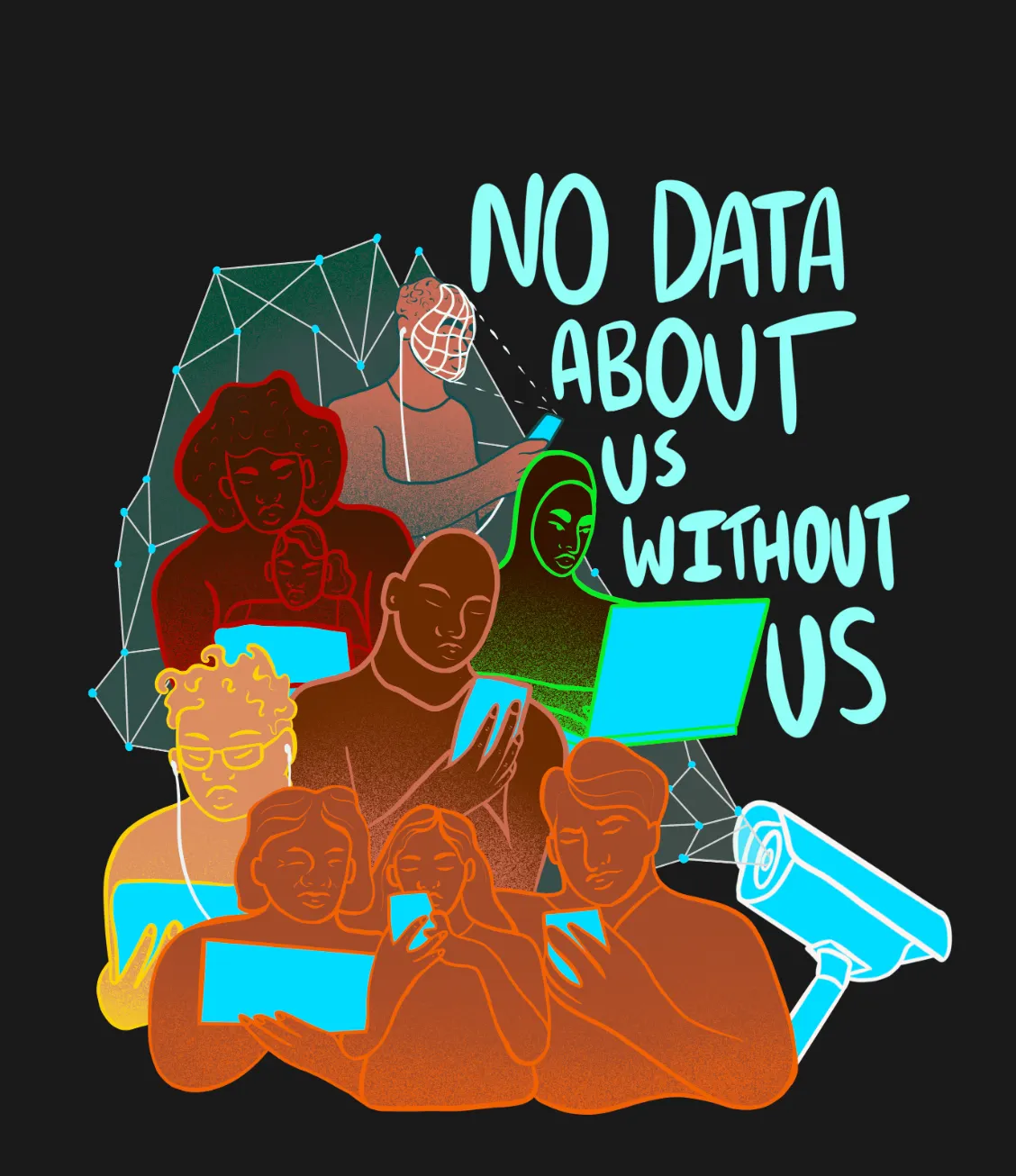La vidéosurveillance et son récit à Milan
À Milan, comme c'est souvent le cas dans les zones urbaines connaissant un embourgeoisement rapide, l'escalade des coûts de l'immobilier et des loyers a donné lieu à une série de politiques d'exclusion. Pour en savoir plus, consultez l'article de blog de nos boursiers 2023 Giorgio Fontana et Danilo Deninotti.

Photo : Samuel Isaacs pour UNSPLASH
1. Contexte d'une exclusion « cool »
Depuis l'exposition universelle de 2015, Milan s'est imposée comme l'une des villes les plus dynamiques et les plus prisées d'Italie : la plus branchée, sans conteste. D'importantes améliorations esthétiques ont permis à Milan de devenir une destination captivante qui a attiré l'attention des touristes du monde entier. Cependant, cette popularité croissante a également fait de Milan une cible de choix pour un marché immobilier en plein essor, qui a profondément marqué le tissu social de la ville. Comme souvent dans les zones urbaines en pleine gentrification, la hausse des prix de l'immobilier et des loyers a donné lieu à diverses politiques d'exclusion, plus ou moins souples.
Dans une récente brochure sur « l'invention de Milan », Lucia Tozzi soutient que « dans une ville où les inégalités se creusent, où la justice éducative dépérit, où les services sont privatisés, où l'emploi est précaire et où l'air est vicié », pour atteindre un « état d'excitation superflue » où la dissidence est bannie, un effort de communication colossal et omniprésent est nécessaire. Cet « urbanisme sinistre » engendre un sentiment perpétuel de malaise et de désespoir.
Si, en surface, le paysage urbain peut projeter une image de fraîcheur et d'attrait, sous les apparences, l'« autre » peut représenter une menace potentielle. Cet « autre » peut être perçu comme un rival implacable, un agresseur, une source de troubles et d'incivilités, tapi au cœur de ce qui semble être un récit harmonieux de la vie urbaine.
Et c’est là qu’intervient le thème de la vigilance par vidéosurveillance.
2. Vidéosurveillance, criminalité, médias et politique
Dans une étude approfondie sur la vidéosurveillance dans les villes italiennes, Zambelli souligne que « depuis au moins quinze ans, la vidéosurveillance est la politique technologique par excellence des administrations municipales italiennes », pour les positionner « sur les marchés internationaux des villes supervisées, « intelligentes » et sécurisées ».
Comme l’explique Tatiana Lysova dans son excellente thèse de doctorat, la population italienne a des niveaux de préoccupations en matière de confidentialité moins élevés liés à la mise en œuvre de la vidéosurveillance, car elle est construite dans la société comme un outil de sécurité.
Cette situation est effectivement précaire, car elle peut favoriser l'idée de confier le contrôle de la rue à des mécanismes de type « boîte noire » , ce qui pourrait inciter les administrations à adopter une approche plus discrète de la gestion des données collectées et des images des citoyens. L'Italie offre certes des protections de la vie privée et une réglementation relativement solides en matière de vidéosurveillance. Cependant, l'étendue et les détails de ces protections peuvent être méconnus du grand public. Le langage alambiqué et très bureaucratique utilisé par les institutions gouvernementales a toujours constitué un obstacle supplémentaire à la compréhension et à la mise en œuvre efficace de ces garanties.
Plus en détail, Milan est la ville italienne où l'on recense la majorité des accusations, notamment de vols et de délits de rue ; mais les crimes violents sont rares : par exemple, il y a eu 19 homicides en 2022.
Les médias contribuent cependant à entretenir un fort sentiment d’insécurité perçue ; et au lieu de dissuader les comportements violents, en particulier envers les femmes, par des politiques inclusives, les politiciens préfèrent investir dans la répression ou laisser des particuliers contribuer à des formes de contrôle territorial.
Les premières installations de caméras dans la ville remontent à 1997 : Milan est en effet l'une des premières à disposer de systèmes de vidéosurveillance pour lutter contre la microcriminalité et accroître la sécurité perçue.
Selon le Rapport national 2022 sur l'activité de la police locale , 27 233 caméras de vidéosurveillance ont été installées en 2021 dans les 142 commissariats analysés ; Milan arrive en tête avec 2 272 caméras, devant Rome, beaucoup plus vaste, (2 123 caméras). Elle n'atteint pas les chiffres de Moscou ou de Londres (respectivement 17 et 13 installations pour 1 000 habitants), mais s'inscrit proportionnellement dans la tendance mondiale.
Il est toutefois crucial d'ajouter les près de 9 000 caméras contrôlées par ATM, la société de transports publics locale (elles étaient 6 100 en 2019), réparties dans les gares, les abribus, les transports en commun et les passages piétons. De plus, Milan et neuf autres municipalités ont conclu des accords avec des particuliers (copropriétés et commerçants) pour l'accès à leurs caméras installées.
Selon des estimations non officielles citées par Zambelli, il y a près de dix ans (et juste avant l'Expo 2015), il y avait environ 12 000 appareils à usage mixte. Une estimation très approximative, et probablement très sous-estimée, du nombre réel de caméras de surveillance dans la ville est donc de 23 000 à 25 000.
3. Douceur et disparité
L'afflux croissant de touristes et le fort taux de rotation des habitants, souvent dû à la hausse du coût de la vie, ont engendré une population de plus en plus désengagée ou déconnectée de la mémoire historique et culturelle de la ville. Dans ce contexte, Milan est avant tout perçue comme un espace utilitaire , l'accent étant mis uniquement sur ses aspects tendance et attractifs. L'histoire et le patrimoine urbains authentiques semblent passer au second plan, la ville étant avant tout valorisée pour son côté « cool ».
Mais c'est son exubérance linguistique qui dévoile la nature des idées sous-jacentes. Nous ne proposons que deux exemples contrastés.
Milano4You est un « quartier numérique capable d'offrir un nouveau modèle et un nouveau style de vie en phase avec les besoins émergents des communautés » : dans son flou lexical, le projet est lié aux pratiques de green-washing et de « bien-être accessible » mais reste le privilège de quelques-uns.
Au contraire, en inaugurant le 26 octobre 2022 l'installation de nouvelles caméras dans un quartier prolétarien et sous-prolétarien de San Siro – Segesta – Selinunte, le conseiller régional Alan Rizzi a déclaré publiquement qu'elles « sont certainement dissuasives car elles servent aussi de prévention contre l'illégalité et le squat ». Sans faire de distinction par exemple entre le racket criminel et le squat pour des besoins existentiels, et sans mentionner du tout la situation dramatique du logement social à Milan.
Ces différences de discours soulignent que la ville se révèle également inégale en matière de surveillance. Ainsi, une disparité narrative apparaît : dans un quartier huppé et gentrifié, les caméras assurent la sécurité annoncée ; dans un quartier prolétaire, elles induisent la répression.
4. Conclusion
Une surveillance numérique excessive ne pose pas seulement des problèmes de vie privée ; elle favorise également la dévalorisation implicite de l'altruisme social et l'érosion des structures communautaires de quartier au nom d'un individualisme rampant, que Milan a toujours défendu. La ville devient une somme quasi publique d'espaces privés ; un lieu non pas pour les personnes, mais pour les investisseurs, qui doit véhiculer une impression de beauté et de sécurité, et non une réalité réelle, car les citoyens sont secondaires.
Malheureusement, les citoyens les plus démunis deviennent victimes d'exclusion, non seulement dans le discours officiel, mais aussi dans leur présence physique dans la rue. Si les caméras de vidéosurveillance peuvent sembler neutres, leur installation à proximité de zones où résident des personnes économiquement défavorisées peut perpétuer la discrimination. De plus, elles contribuent à accroître les préjugés à l'encontre des personnes plus susceptibles de fréquenter l'espace public et, par conséquent, à les soumettre à une surveillance et un contrôle accrus. Cela renforce un cycle inquiétant d'inégalités et d'injustices sociales dans la ville.
En conclusion : loin de faire partie intégrante d’une ville intelligente, la vidéosurveillance embellit parfaitement la ville de Milan, dissimulant ses ambitions cyniques et dessinant un scénario commun à toutes les métropoles occidentales. Il est donc essentiel de répondre à un récit intégré de la « cool » par un autre, plus réaliste et radical.



